Month-by-month guide for your gardening resolution
Many people have a break from garden maintenance over winter, and it can feel like an enormous task to get the garden looking great again in the springtime.
So, to help make gardening more manageable and easy to commit to, having different activities for each month can help you to maintain your garden and make spending time in the garden an enjoyable activity, rather than overwhelming.
Here are 12 gardening activities, one to do each month, to make gardening a resolution you can keep this year:
January: Mulching
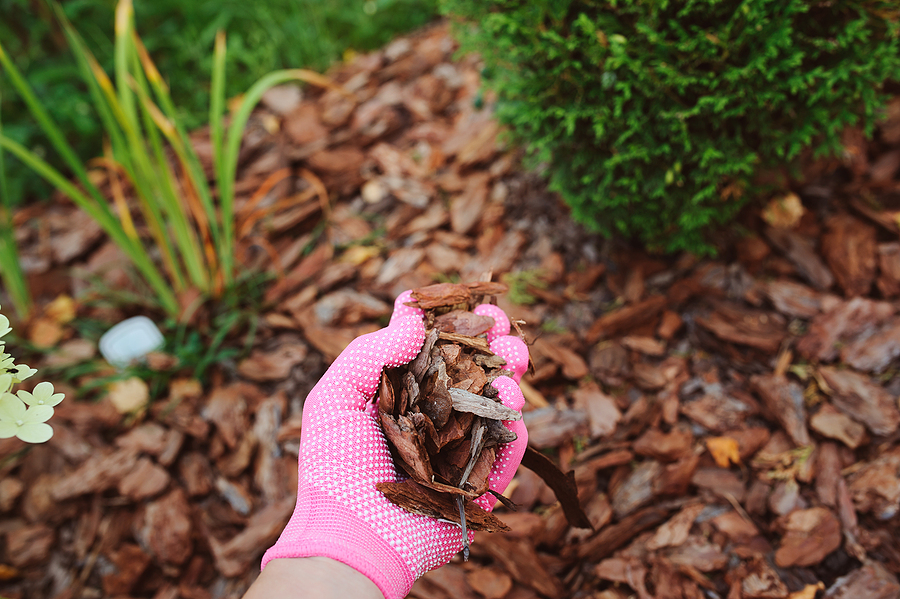
With lots of cold, frosty and adverse weather in January, it can help to protect new and young plants with a thick layer of mulch.
What’s more, January makes a great month for mulching, especially as it means you can use the branches of your old Christmas tree, which can either be used to cover your tender plants or be shredded to create a mulch around the buds/stems.
Mulching in January can also help reduce the risk of soil freezing, which helps the rain penetrate and can also prevent weed growth.
Ideal biodegradable mulch includes mature manure (at least several months old), wood chippings, old Christmas trees, compost and leaf mould.
February: Start planting for spring
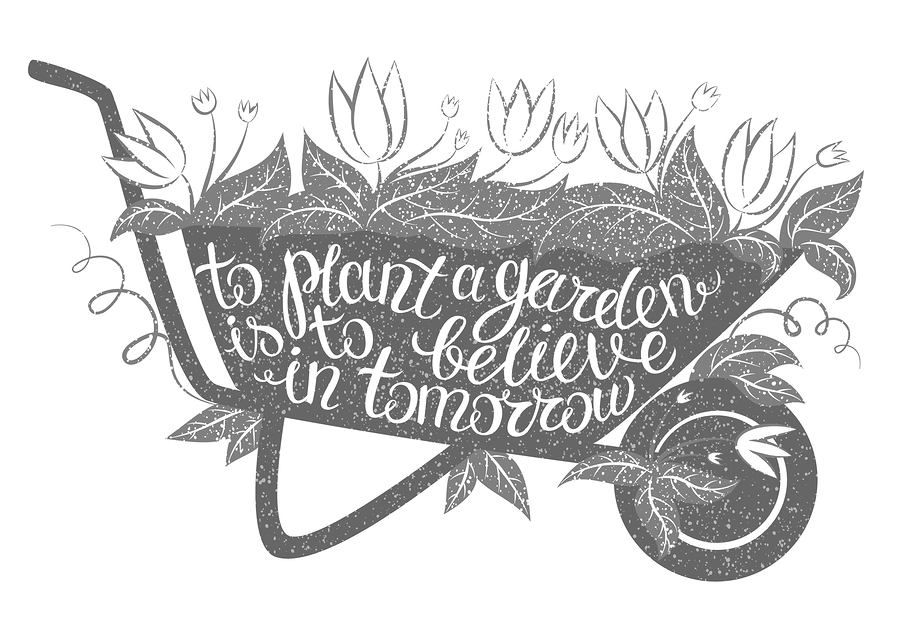
Get ahead of the growing season by planting out some of your summer flowering bulbs. While you may not see results for a while or even any shoots, it helps to lessen the load of the busier spring months in the garden.
If you missed out on planting tulips or daffodils in autumn, adding them to your garden in February should still give them enough time to establish and grow for spring. Try to plant them as soon as possible, ideally in light soil that drains easily. Pots and containers may be best for bulbs at this stage as you can protect them from the adverse weather that February can bring.
Fruit trees, shrubs and perennials can also start to be planted in February as long as the weather is on your side.
It can be a good idea to get started on some weeding if you have time. Just tackle little areas at a time to avoid the overwhelm of it being a big garden task.
March: Start sowing
March is an excellent time to start getting your summer growing on its way by sowing seeds, indoors at first, and establishing your seedlings. Hopefully, some of your spring bulbs are starting to appear, and your garden is beginning to come to life again. This should be the motivation you need to get ready for summer.
Again, small weeding jobs can take place. You may spot signs of life from bulbs and shoots around the garden as you do this. Gardeners often have a tendency to start removing all of the winter mulch to help plants grow. However, this should only be done very gradually. It can still be cold in March, and removing all of the mulch may put your plants at risk.
April: Move outdoors
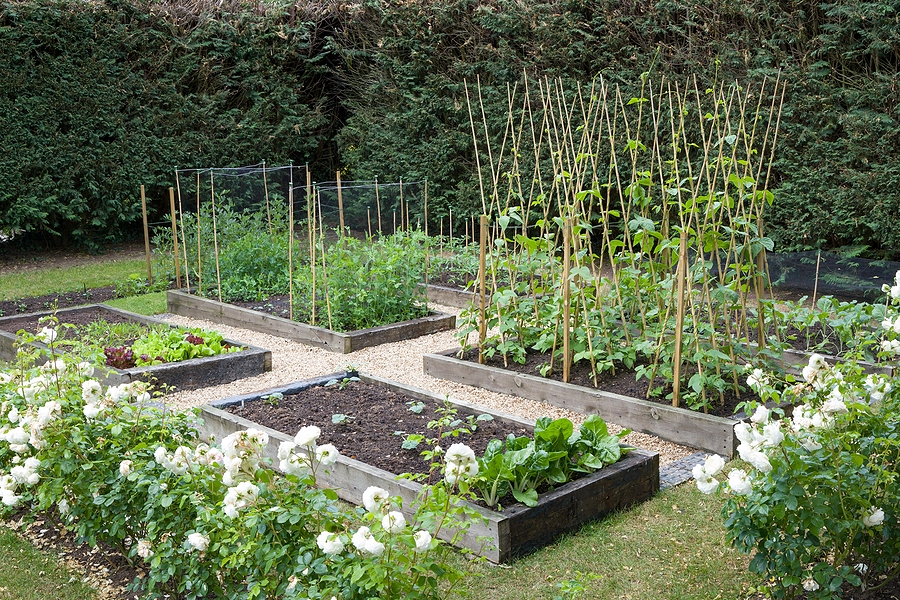
If you love to grow vegetables, April can be the peak time. In April, you can plant out potatoes and sow outdoor seeds and plugs such as carrots, beetroot, cauliflowers, lettuces and leeks, as well as many more. Some vegetable plugs, such as courgette, tomatoes and aubergines, may still prefer the warmth and shelter indoors, and now is a time to start establishing them and keep them on your windowsill or in a greenhouse.
If you prefer flowers, April is the month for planting your summer bulbs, such as dahlias and lilies.
While April can seem a busy and overwhelming month in the garden, it is well worth sitting back and enjoying the transformation of your garden. You don’t have to grow everything, just pick a couple of things you’re interested in and focus on them.
May: Tidying
If you still have young plants, these can now be planted out as hopefully, the risk of frost has long gone. May can mainly focus on making your garden feel like a relaxing space. It may be that you start to remove some of the dead foliage of your spring-flowering plants to make way for summer bulbs.
If you have a lawn, it’s time to start mowing regularly, and you may want to treat the grass if there are any issues.
Pests start to become more apparent in May, so keeping on top of weeding and protecting your plants is top of the priorities this month.
June: Maintenance
June is a month when plants start to thrive and may need a little TLC to get them up to full health and vibrancy. Feeding plants, especially tubs and baskets, is a crucial summer job. Anything that hasn’t yet been planted out should now be ready to harden off outside.
Hopefully, some sunny days in June will help you to enjoy pottering in the garden and make it easy to keep up your resolution now you’re halfway through.
July: Weed, water and deadhead
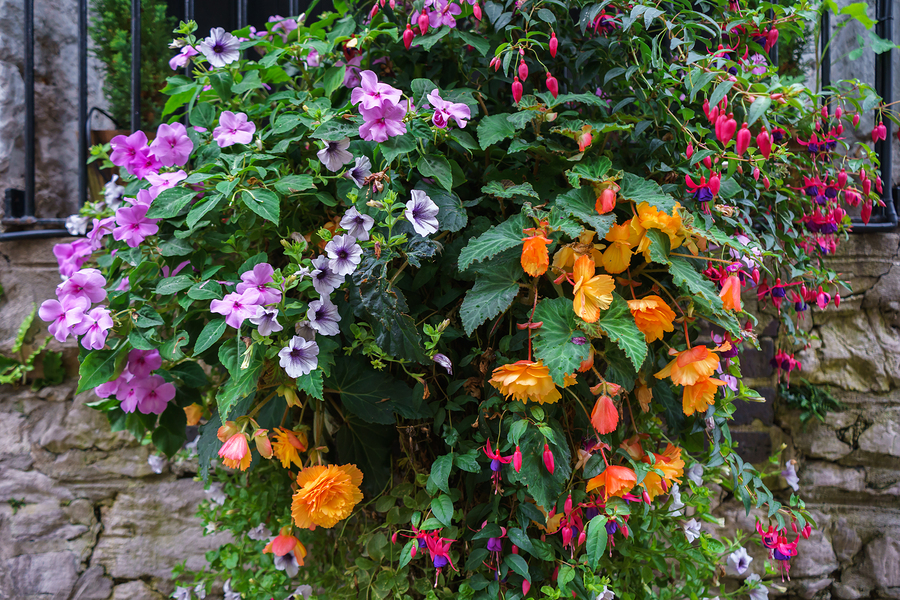
By July, your garden will be bursting into life – including the weeds. This is a month to take care of the weeds, water the plants you care about and deadhead any plants to help encourage further flowering.
If July is particularly dry, you don’t have to mow the lawn; it’s best to let the lawn recover without damage.
August: Harvest
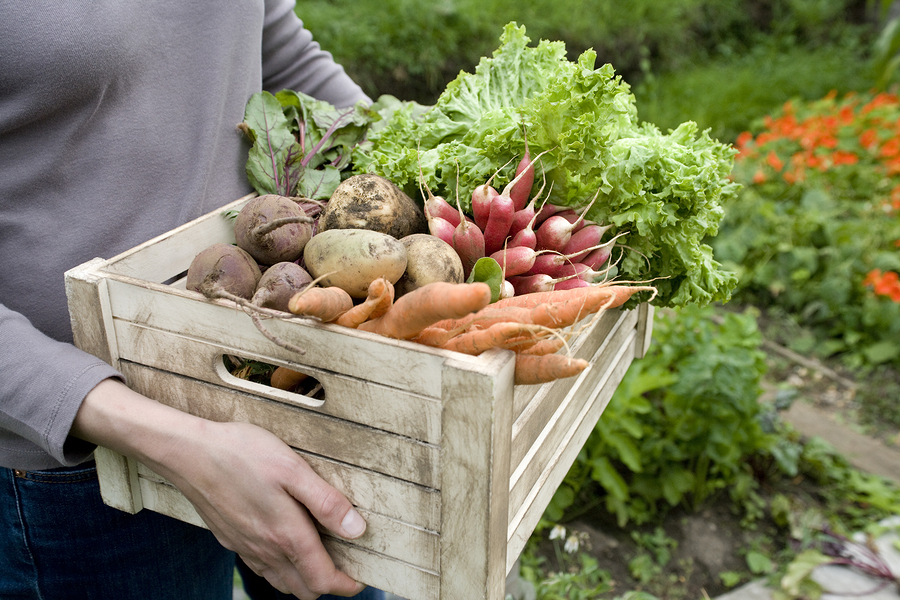 Hopefully, you’ll now have some crops to harvest from your garden. If fruits and vegetables are beginning to ripen, it can help to lay straw bedding to stop them rotting on the soil surface – this is particularly important for plants such as strawberries and squashes.
Hopefully, you’ll now have some crops to harvest from your garden. If fruits and vegetables are beginning to ripen, it can help to lay straw bedding to stop them rotting on the soil surface – this is particularly important for plants such as strawberries and squashes.
If plants aren’t quite ready, they may need some structural support, and you may need to tie plants to sticks to help stop them from flopping over.
September: Rewards
This month is a chance to enjoy the rewards of your garden, from the crops and colours it provides. Apple and pear trees may start to flourish, and all being well, you’ll have a chance to enjoy the sunny September days while relishing the fruits of your own labour.
October: Preparation
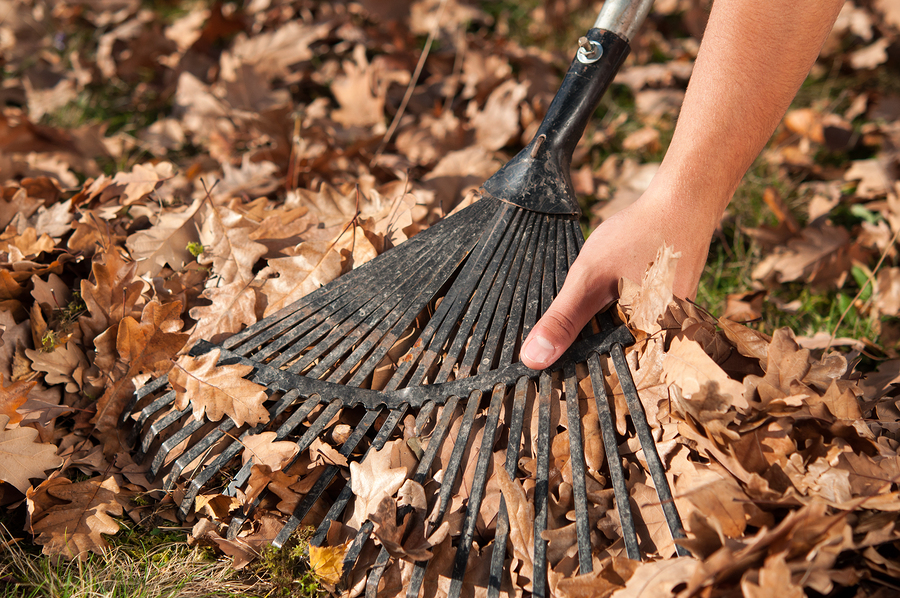
Man raking leaves in the garden. Autumn
Winter is coming, and October is the best time to prepare your garden for it. Leaves may start to fall, and clearing these and adding them to a pile to create leaf mould will improve your soil in future months. It is time to start moving fragile plants indoors or raise pots up from the ground to prevent them from sitting in water which can freeze and crack the pots and damage plant roots.
November: Winter plants
Winter pansies and evergreen perennials can be planted in November to add colour to your garden over winter. It is also time to start covering anything that isn’t weatherproof; fragile fruit trees may need frost protection fleeces while garden furniture may need covering or moving indoors.
December: Feed the birds
 Ensuring there is food and water available can help make sure birds can survive over winter, and with ice and snow, some birds can struggle to access fresh drinking water. By looking after the birds, you’re still inviting life and colour to your garden, and you can sit and reflect on a happy gardening year! Enjoy this offer from Ivel Valley – 15% Discount when you spend £50 or more at Ivel Valley Bird Food
Ensuring there is food and water available can help make sure birds can survive over winter, and with ice and snow, some birds can struggle to access fresh drinking water. By looking after the birds, you’re still inviting life and colour to your garden, and you can sit and reflect on a happy gardening year! Enjoy this offer from Ivel Valley – 15% Discount when you spend £50 or more at Ivel Valley Bird Food
Latest posts by Peter Mills (see all)
- Peter’s Gardening tips for November - October 29, 2024
- Peter’s Gardening tips for October - October 1, 2024
- Peter’s Gardening Tips for September 2024 - August 29, 2024
- Peter’s Gardening Tips for August - August 1, 2024
- Peter’s Gardening Tips for July - July 1, 2024





















